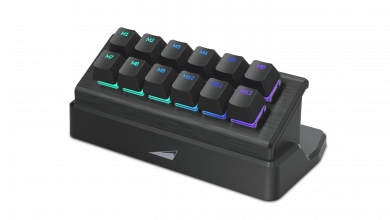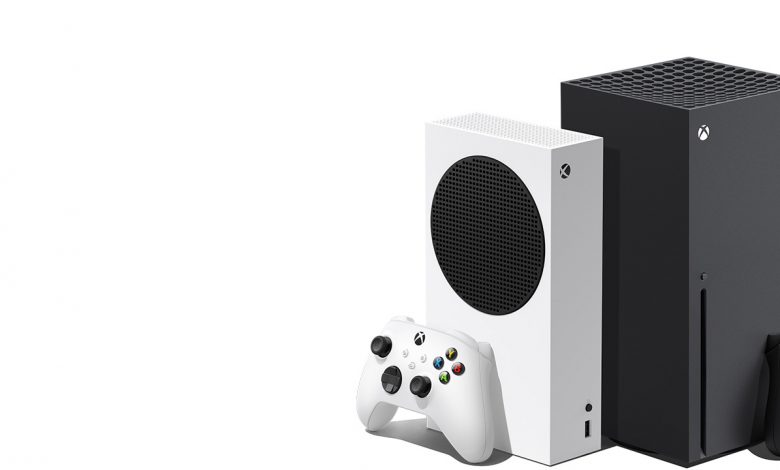
The corporation releases and maintains Microsoft‘s Xbox brand of gaming consoles. Microsoft, predominantly a software corporation, ventured into the gaming console market in the early 2000s and has since thrived. In this day and age, the Xbox is one of the most dominating consoles on the market.
The original Xbox was home to some of history’s most memorable first-person shooter games, so check out our guide to the finest FPS games on Xbox and our list of the top Xbox Game Pass games. We will look at the history of the Xbox and how it has evolved and changed throughout its various iterations.
List Of Xbox Models
Nine Xbox models have been released so far, each of which belongs to a separate console generation. The following is a list of every Xbox model released since the original Xbox was released in 2001.
- Xbox (2001)
- Xbox 360 (2005)
- Xbox 360 S (2010)
- Xbox 360 E (2013)
- Xbox One (2013)
- Xbox One S (2016)
- Xbox One X (2017)
- Xbox Series X (2020)
- Xbox Series S (2020)
Let’s take a look at each Xbox and the influence their release had on the gaming landscape in its various generations.
First Generation (Xbox)
This was the first generation of Xbox, and it only had one console. This console arrived late when the worldwide generation of consoles had reached its sixth incarnation. Microsoft needed to catch up, which was their effort to dominate the market.
Xbox (2001)
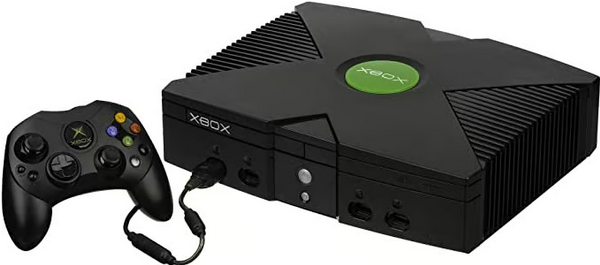
During the sixth generation of consoles, the first generation of Xbox was released. It was released to compete with the Sony Playstation 2 and the Nintendo GameCube.
General Information
- Xbox Generation: First Generation
- Release Date: November 15, 2001
- Status: Discontinued, 2009
- Units Sold: 24+ million (Worldwide)
- Release Price: $299
General Specifications
- CPU: Intel Pentium III (733 MHz)
- GPU: NVIDIA NV2A (233 MHz)
- Memory: 64 MB DDR SDRAM
- Hard Drive: 8 GB HDD
- Optical Drive: CD Rom/DVD Rom
The Xbox was released in 2001 amid a tremendously competitive market, with many questioning whether it could compete with the console industry’s behemoths. While it could not outperform the PlayStation 2, it sold 1.5 million copies by the end of 2001, demonstrating itself to be a credible rival.
This was assisted by the console’s flagship gaming titles and certain useful exclusive partnerships negotiated by Microsoft. Among these exclusives are famous games like Star Wars: Knights of the Old Republic, Tom Clancy’s Splinter Cell, and Halo. Halo was the Xbox’s breakthrough star in 2001.
The Halo series was a good game and, as a result, a dependable way to market Microsoft’s live online service, Xbox Live. Halo is a first-person shooter game set in the future that features a gripping narrative mode and a highly competitive and exciting multiplayer environment. The popularity and dependability of Xbox Live helped distinguish the console from its rivals.
Second Generation (Xbox 360/S/E)
The Xbox 360 and its many variations were the consoles that made up the Xbox Second Generation. These competed mostly with Sony’s PlayStation 3. Many people believe this to be the definitive generation of Xbox consoles.
Xbox 360 (2005)
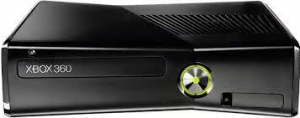
The Xbox 360 had already made a reputation by its release in 2005. With Sega out of the picture, Sony, Nintendo, and Microsoft would compete for the highest consoles market share.
General Information
- Xbox Generation: Second Generation
- Release Date: November 22, 2005
- Status: Discontinued
- Units Sold: 85.8+ million units (worldwide)
- Release Price: $399
General Specifications
- CPU: Microsoft XCPU 500 MHz – 3 Cores
- GPU: R500, Xenos chip(ATI) – 500 MHz
- Memory: 512 MB GDDR3 RAM
- Hard Drive: 250 GB HDD
- Optical Drive: 12x DVD
- Video Output: VGA(Original), HDMI(Later Releases)
The Xbox 360 maintained a devoted following and made several significant upgrades to the previous model. With a nearly similar market share, this Xbox model was able to go toe to toe with Sony’s PlayStation 3.
The Xbox 360 once again featured many successful exclusive games, which helped it maintain a big and devoted audience. These games featured Gears of War, Dead Rising, and other game-changing titles for this generation of consoles.
One method this Xbox series managed to maintain its popularity was via the usage of add-ons and upgrades to the Xbox Live service. The Kinect was a motion capture gaming device that catapulted the console to new heights of popularity.
However, the console still had significant hardware and software restrictions, such as the infamous Red Ring of Death, which was fixed in subsequent model iterations.
Xbox 360 S (2010)
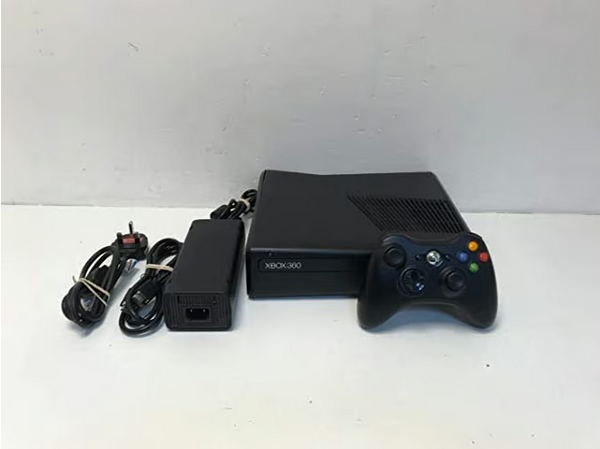
The Xbox 360 S is the second console released in the second generation of Xbox consoles and is a straight upgrade to the Xbox 360.
General Information
- Release Date: June 14, 2010
- Generation: Second Generation
- Status: Discontinued
- Release Price: $299
- Units Sold: 85.8 million units
General Specifications
- CPU/GPU: Custom ATI single chip
- Memory: 512 MB of GDDR3 RAM
- Hard Drive: 250 GB HDD
- Optical Drive: DVD
- Video Output: HDMI 1.2a in/out
The Xbox 360 S was released in 2010 and included many hardware and design upgrades over the original.
The design had been changed to provide a more sleek and thin appearance with a slick, glossy finish rather than the plain matte. They lowered the size of the brick and changed the buttons to a touch-sensitive model, giving the console a more contemporary appearance.
The hardware and software were improved to fulfill the most recent games’ needs. They may also learn from their mistakes and eliminate the flaws and errors that plagued the old model. These modifications offered players a more easy and consistent gaming experience.
Xbox 360 E (2013)
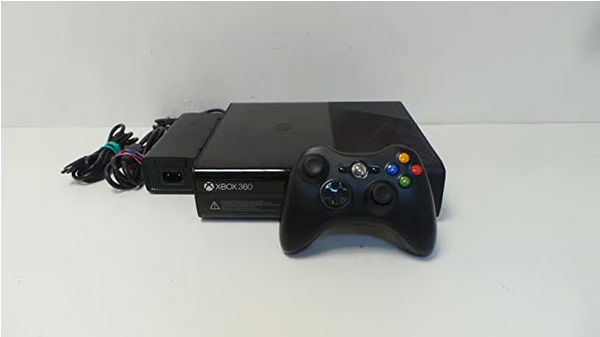
This was the third and last console released in the second generation of Xbox consoles, aimed at players who wanted to avoid investing money in the future Xbox One.
General Information
- Release Date: June 10, 2013
- Generation: Second Generation
- Status: Discontinued
- Release Price: $199
General Specifications
- CPU: IBM custom Xenon – tri-core
- GPU: ATI Xenos – 10 MB eDRAM
- Memory: 512 MB GDDR3 RAM
- Hard Drive: 250 GB HDD 2.5′ SATA
- Optical Drive: HD DVD
- Video Output: HDMI, Up to 1080p
The Xbox 360 E was only available for three years during the second generation of Xbox consoles and did not make any substantial performance improvements. It debuted a revolutionary design that would become the industry standard when future versions were released.
The design reverted to the matte look of previous consoles, while the touch button was reduced in size. As Microsoft prepared to join the new generation of gaming consoles, they also deleted the AV video plugin in favor of full HDMI compatibility.
Third Generation (Xbox One/S/X)
The Xbox One was the primary name given to the third generation of Xbox consoles. With the newest specifications, these pieces of hardware took console gaming to the 4K level. This generation features the greatest degree of performance disparity amongst its variations, and it is also the generation in which Microsoft opted to discontinue the Kinect technology.
Xbox One (2013)
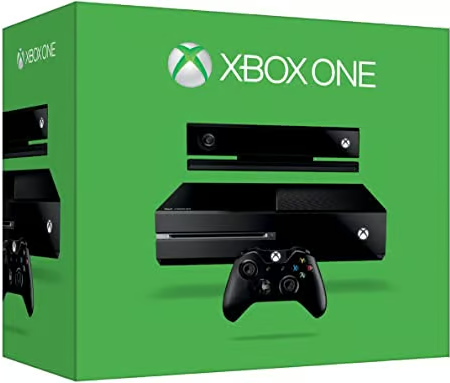
The Xbox One was Microsoft’s effort to compete with Sony, who was preparing to release the PlayStation 4 around the same time.
General Information
- Release Date: November 22, 2013
- Generation: Third
- Status: Discontinued
- Release Price: $499
- Units Sold: 58.5 million units approx.
General Specifications
- CPU: AMD Octa-Core APU – 1.75 GHz
- GPU: AMD Radeon GCN, 853 MHz
- Memory: 8 GB DDR3
- Hard Drive: 500 GB HDD
- Optical Drive: Blu-Ray/DVD
- Video Output: HDMI 1.4 in/out, 4K support
The Xbox One was a good buy, with two versions that were $100 apart, with or without Kinect. Microsoft attempted to stress the Kinect system’s use and interaction with home TV sets. Unfortunately, this did not go as planned.
Due to the lower price and a huge number of exclusive games, most people gravitated to Sony’s PS4. Furthermore, several people expressed privacy concerns about the Kinect technology and its deployment. Due to its lack of popularity, the Kinect soon became unobtainable.
Many players battled with limited backward compatibility since they wanted to avoid re-purchasing earlier games that they already had. According to Microsoft, the Xbox One barely managed to make half of its expected goal sales.
Xbox One S (2016)
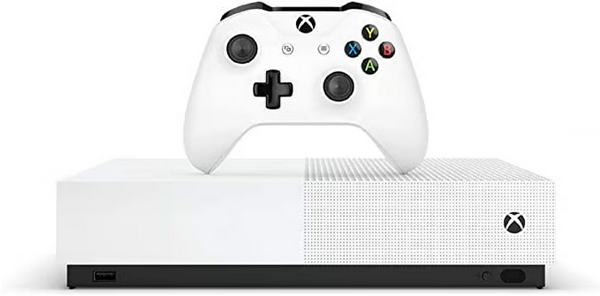
Following the unimpressive release of the Xbox One, Microsoft decided to step up their game and deliver upscaled 4k visuals to compete in the current gaming platform market.
General Information
- Release Date: August 2, 2016
- Generation: Third Generation
- Status: Discontinued
- Release Price: $299
- Units Sold: N/A
General Specifications
- CPU: AMD 8-core APU (2 quad-core Jaguar modules)
- GPU: AMD Radeon 914 MHz
- Memory: 8 GB DDR3
- Hard Drive: 1TB HDD
- Optical Drive: UHD Blu-ray, DVD
- Video Output: HDMI 2.0 in/out, 4K support
While it was upscaled to 4K and did not provide a real 4K experience, many players were delighted with the console’s display capabilities, which outperformed rivals at a comparable sticker price.
Not only that, but the device now has 4k Blu-Ray capabilities, making it seem like much more than simply a gaming console. They attempted to fit as many home utility functions as possible onto the device to make it a device that could serve as a center for all your TV-related activities.
The console’s size was reduced, resulting in a considerably lighter and more compact device. They returned to the original nostalgic whites and made modest changes to the famous Xbox controller designs.
Xbox One X (2017)
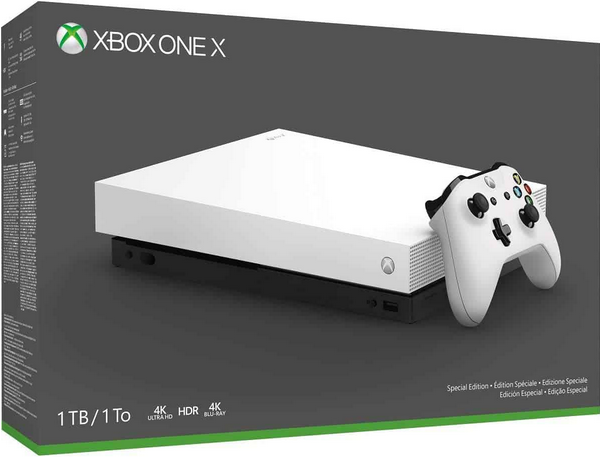
The Xbox One X marked Microsoft’s real push into 4K gaming, as consoles finally caught up with PCs producing 4K visuals at 60 frames per second.
General Information
- Release Date: November 7, 2017
- Generation: Third Generation
- Release Price: $499
- Status: Discontinued
General Specifications
- CPU: AMD 8-core APU – 2.3 GHz
- GPU: AMD Radeon GCN architecture 1.172 GHz
- Memory: 12 GB GDDR5
- Hard Drive: 2TB HDD
- Optical Drive: UHD Blu-ray, DVD
- Video Output: HDMI 2.0b in/out, 4K support
Compared to prior consoles, the Xbox One X was a beast in terms of performance. The console was immensely popular among people who were eager to experience 4K. It could provide all that while running the same software as prior Xbox devices.
Backward compatibility features were also considerably enhanced, allowing players to return to previous games and experience them in a much bolder and high-resolution display than ever before.
The design was also changed for a sleek black design with a slick finish and a brand-new appearance comparable to that of PlayStation models. While the lifespan of this model was just three years, it demonstrated that Microsoft was still in the console battle and was a very strong rival to Sony’s PlayStation.
Fourth Generation (Xbox Series X/S)
The fourth generation is the most recent Xbox console generation, and it is still going strong, with two distinct console models already available. These consoles have seen the greatest performance boost of any previous generation and are both performance powerhouses.
Xbox Series X (2020)
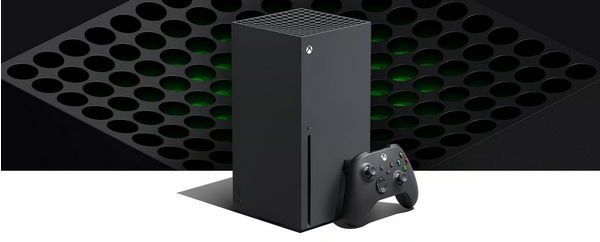 Microsoft intends to compete directly with Sony’s Playstation 5 with the new Xbox Series devices.
Microsoft intends to compete directly with Sony’s Playstation 5 with the new Xbox Series devices.
General Information
- Release Date: November 10, 2020
- Status: Released
- Xbox Generation: Fourth Generation
- Launch Price: $499 (US), €499 (EU), £449 (UK)
- Units Sold: 12 million (est. as of December 31, 2021)
General Specifications
- CPU: 3.8 GHz custom AMD Zen 2 (8 core)
- GPU: 1825 MHz AMD Custom RDNA 2
- Memory: 16 GB GDDR6
- Hard Drive: 1TB
- Media: CD, DVD, Blu-Ray, 4K UHD
- Video Output: HDMI (up to 8K support)
Analogized to the Xbox One, the Xbox Series X had enormous success and popularity. Part of this is due to the market’s scarcity and scalping of Playstation 5 consoles. These market concerns made the Xbox Series X a perfect option for people to flock to.
With 8k-ready performance and most games running at 120fps, it’s an understatement to label this console a beast that can compete with even the most expensive gaming PCs at a considerably lower price. The performance difference between the Xbox One and the Xbox Series X has almost doubled.
They chose a drastically different design for the Xbox Series X, which resembles a black tower with vents akin to the appearance of a standing PC Tower. It’s larger and heavier, but that’s a modest trade-off to make for such advanced performance.
Xbox Series S (2020)
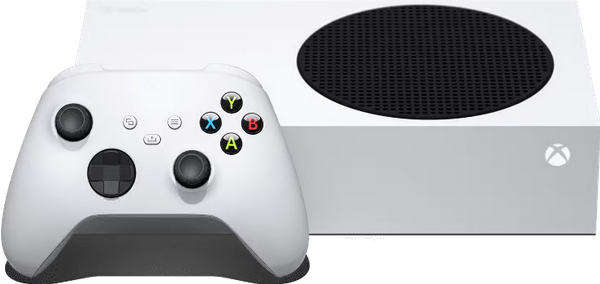
The Xbox Series S was released as a brother console to the Xbox Series X, and it is intended to provide a lighter and more compact experience that is handy for travelers at a considerably lower price.
General Information
- Release Date: November 10, 2020
- Status: Released
- Xbox Generation: Fourth Generation
- Launch Price: $299 (US), €299 (EU), £249 (UK)
General Specifications
- CPU: 3.6 GHz custom AMD Zen 2 (8 core)
- GPU: 1550 MHz AMD Custom RDNA 2
- Memory: 10 GB GDDR6
- Hard Drive: 500GB
- Video Output: HDMI (1440p support)
As previously stated, the Xbox Series S is lighter in terms of hardware. It can provide a 120fps resolution for most games, but only up to 1440p and not 4K. Many features were deleted to fit the design of the console.
The Series S has a lighter, slimmer body and a clean white finish. The device is well-made and portable, making it ideal for all gaming requirements. It’s comparable to a prebuilt gaming PC designed for mobility.
Final Thoughts
The Xbox is an extremely successful brand that joined the console wars late in the game but still managed to carve out a market share. They have updated their technology in response to the requirements of players throughout the years, and we are interested to see where their consoles will go next. In the meantime, you may be interested in learning about the many generations of PlayStation consoles.

